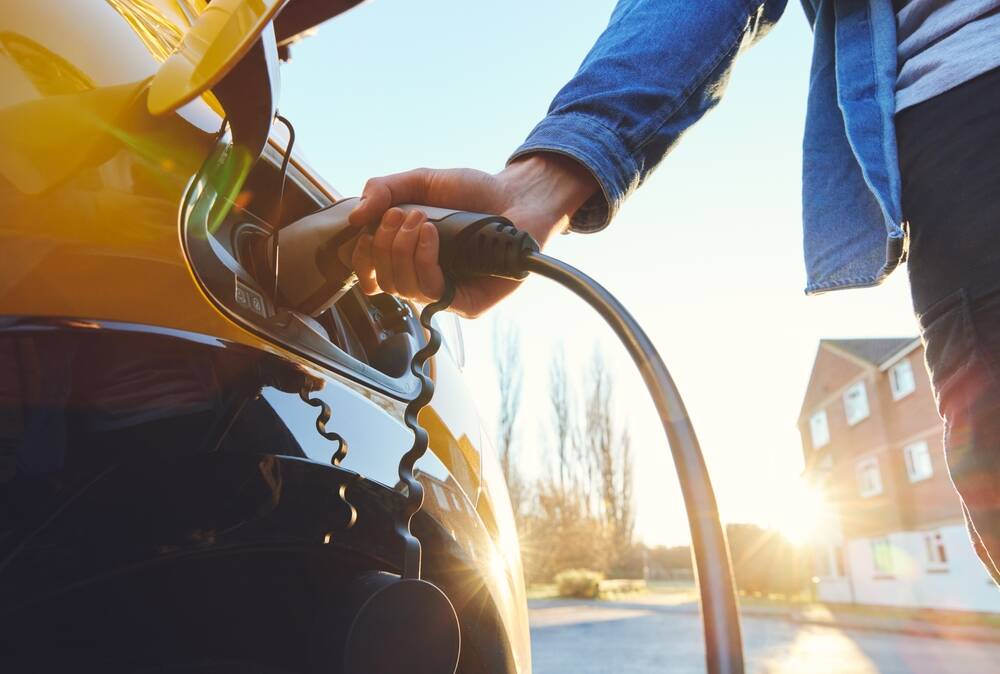- cross-posted to:
- energy@slrpnk.net
- cross-posted to:
- energy@slrpnk.net
European cities are filled with apartment dwellers with no charging options, plus the longer range cars tend to be on the larger sizes (not practical in the narrow streets which are very common in old villages and city centres). If one wants a small car capable of the occasional medium-long distance travel outside of the city an Hybrid is currently the best option (unfortunately).
I hadn’t thought of that, but that makes sense. As an American who wound up in a rental for over a month, charging at home (even at slow level 1 speeds) made fantastic sense economically. Charging in public at level 2 was still less expensive than gasoline, but not by nearly as much and lost the convenience of charging at home, especially considering that it still needed around 8 hours for a full charge. DC fast charging cost more than gasoline and was still less convenient because there weren’t many options and they weren’t close, every time I tried only 1 charger was working out of the multiple available devices, and it was still slower than filling a gas tank on a car. That made it clear that the financial benefits really only worked in a home, not an apartment. Given how many Europeans live in apartments in an urban environment it really shouldn’t be surprising that adoption is relatively low.
Hybrid electric vehicle sales, however, look a good deal more perky. The ACEA reported registrations for last month increased 17.5 percent, with a market share now at 33.3 percent, “exceeding for the second consecutive month petrol car registrations.”
This seems like a milestone of sorts. Hybrids take the absolute lead and beat out ICE vehicles!
Here in Germany, it’s mostly company fleet cars or “Dienstwagen” (special tax saving system). None of those will ever be plugged in. It’s just cheaper for the company.





